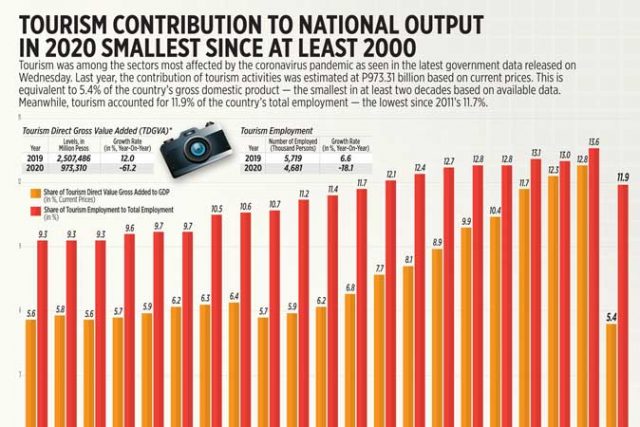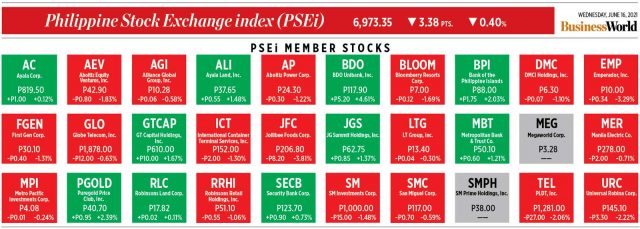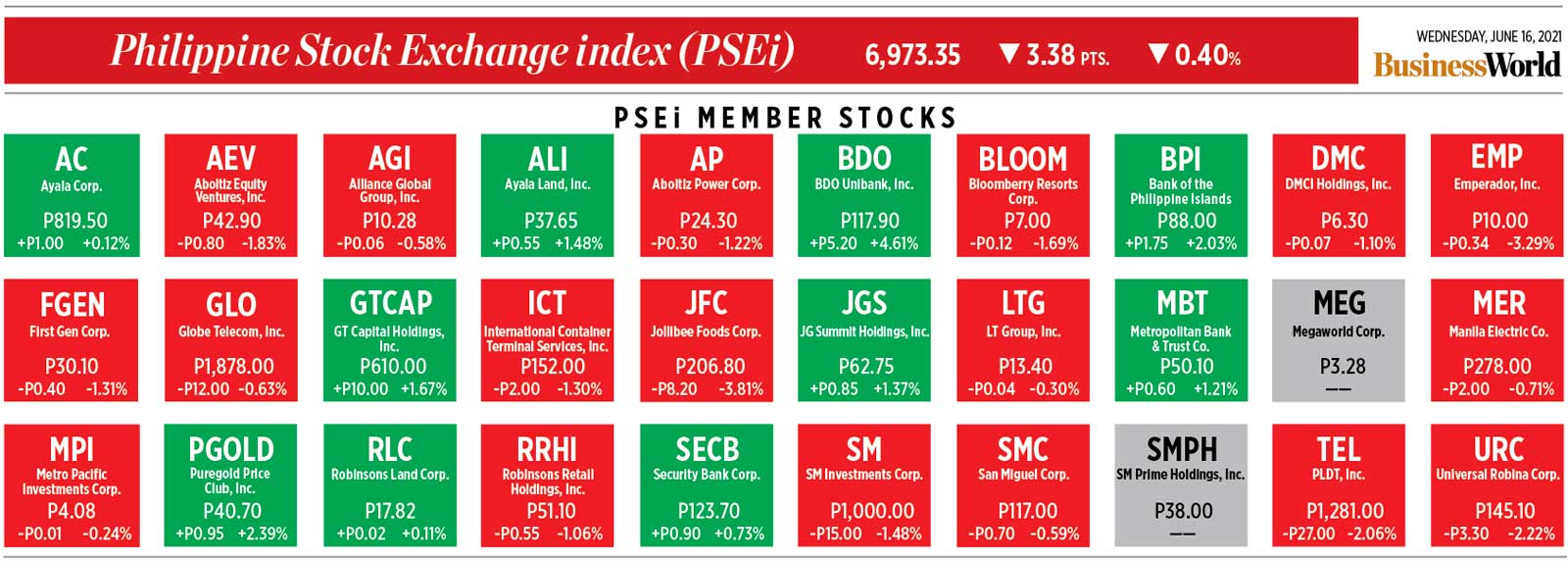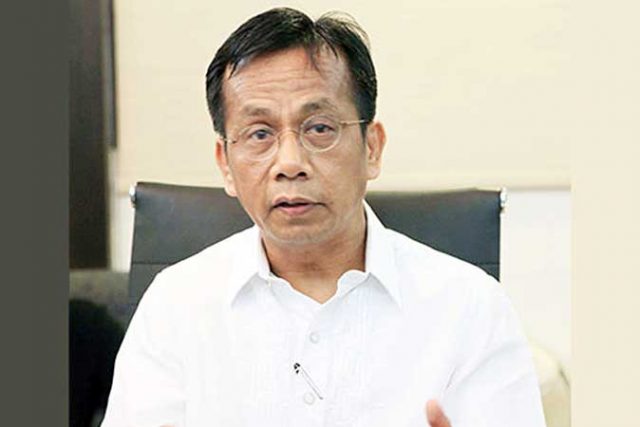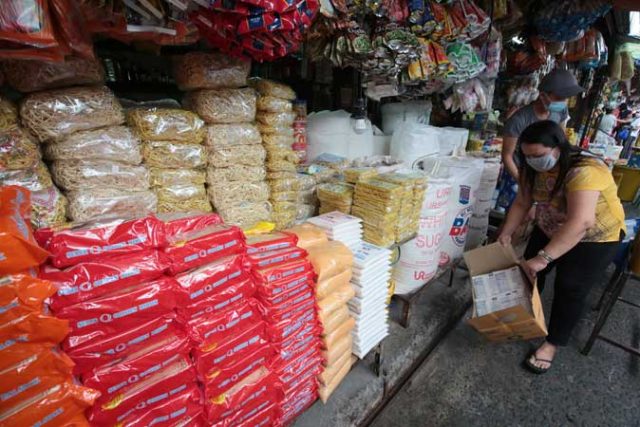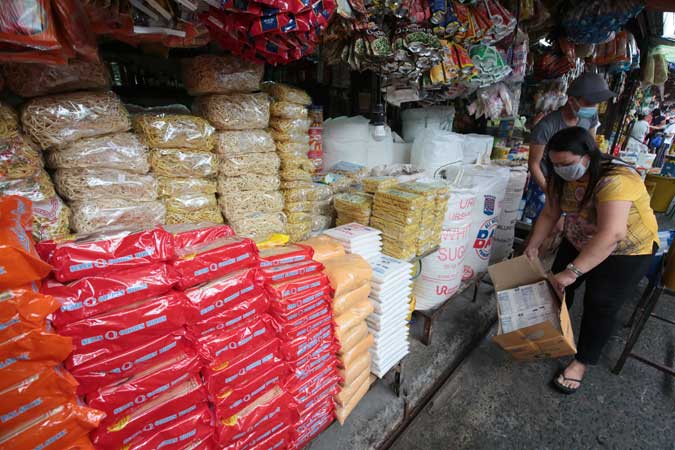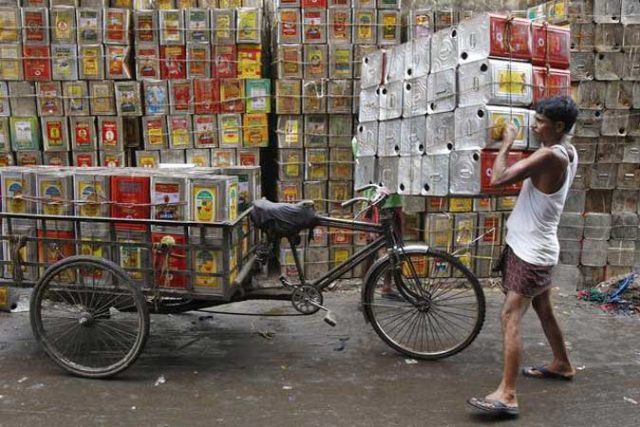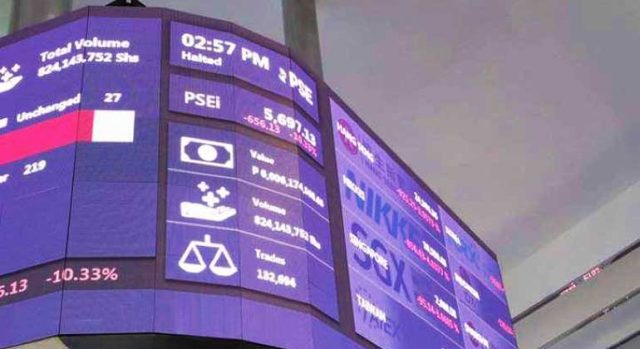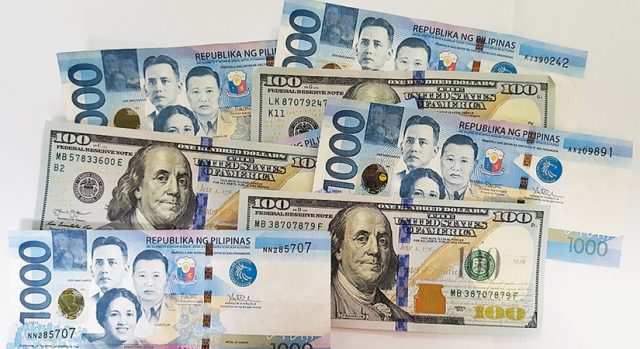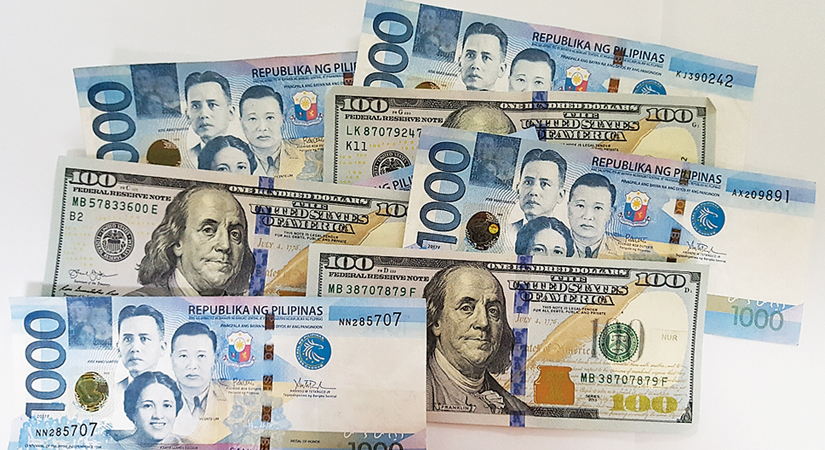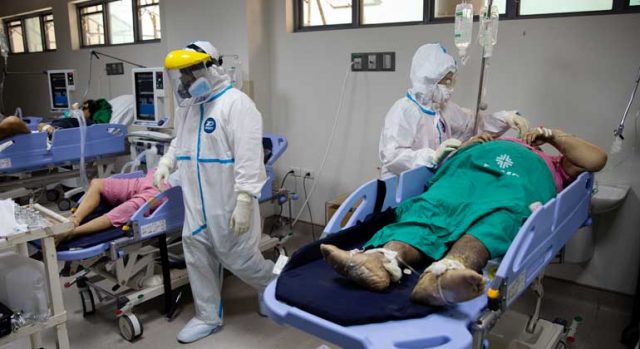By Kyle Aristophere T. Atienza, Reporter
THE HEALTH department on Wednesday flagged hospitals in two cities near the Philippine capital that are near their breaking point, as coronavirus deaths nationwide breached 23,000.
The cities of Makati and Muntinlupa have been overwhelmed by COVID-19 infections despite falling healthcare use rate in the capital region, Health Undersecretary Leopoldo J. Vega told a televised news briefing.
The Department of Health (DoH) reported 5,414 coronavirus infections on Wednesday, bringing the total to 1.33 million.
The death toll rose by 158 to 23,121, while recoveries increased by 7,637 to 1.25 million, it said in a bulletin.
The use rate of hospitals in Makati and Muntinlupa had almost reached a high-risk level, Mr. Vega said.
Mr. Vega said hospitals in Rizal province near the capital region have also been overwhelmed by rising coronavirus infections.
Metro Manila hospitals could still accommodate more coronavirus patients from other provinces because critical care room were still available.
Mr. Vega said the operation of command centers responsible for referring coronavirus patients to hospitals has improved after adding 80 more workers.
The government has set up regional command centers in Southern Tagalog, Central Luzon, Southern Mindanao and the Caraga region, he said.
DoH said there were 56,170 active cases, 1.3% of which were critical, 91.4% were mild, 4% did not show symptoms, 1.9% were severe and 1.36% were moderate.
The agency said 11 duplicates had been removed from the tally, seven of which were tagged as recoveries.
Two patients tagged as recoveries had been removed from the tally after they were found to be negative.
A total of 375 recoveries were reclassified as active cases, while 117 cases tagged as recoveries were reclassified as deaths. Six laboratories failed to submit data on June 14, the agency said.
About 13.3 million Filipinos have been tested for the coronavirus as of June 14, according to DoH’s tracker website.
The coronavirus has sickened about 177.4 million and killed 3.8 million people worldwide, according to the Worldometers website, citing various sources including data from the World Health Organization.
About 161.9 million people have recovered, it said.
Meanwhile, Mindanao won’t be left behind in the state’s vaccination drive, vaccine czar Carlito G. Galvez, Jr. said.
The region, where some cities have been experiencing a surge in infections, would receive more coronavirus vaccines once more supplies arrive this month, he said in a statement.
Cagayan De Oro City Rep. Rufus B. Rodriguez on Monday said his city and other areas faced surging coronavirus infections because pandemic officials have failed to give them enough vaccines.
“The National Task Force against COVID-19 would like to assure our honorable members of Congress that we will not neglect the regions, especially those in Mindanao, in our vaccine deployment,” Mr. Galvez said.
“Following President Rodrigo Duterte’s directive to deploy more vaccines to the regions, we will immediately send more vaccines to Mindanao as soon as the rest of the deliveries arrive this month,” he added.
Presidential spokesman Herminio L. Roque, Jr., on Tuesday blamed the local governments for failing to enforce lockdowns and ignoring health protocols.
“We are getting more vaccines there very soon, and Mindanao will not be left behind,” Mr. Galvez said. “This is my promise to all Mindanaoans.”
Philippine pandemic officials have said about 1.7 million doses of coronavirus vaccines had been given out in Mindanao as of June 14.
Manila has received more than 12 million vaccine doses. About six million more doses from different manufacturers are expected to arrive this month.
President Rodrigo R. Duterte on Monday night further relaxed the lockdown in Metro Manila and Bulacan province amid easing coronavirus infections, and kept the travel ban on India and its neighbors to prevent the entry of a more contagious variant.
The areas were placed under a general community quarantine “with some restrictions” from June 16 to June 30.
The President also extended the travel ban on travelers from India, Pakistan, Bangladesh, Sri Lanka, Nepal, the United Arab Emirates and Oman until the end of the month, his spokesman said in a separate statement. — with Vann Marlo M. Villegas

